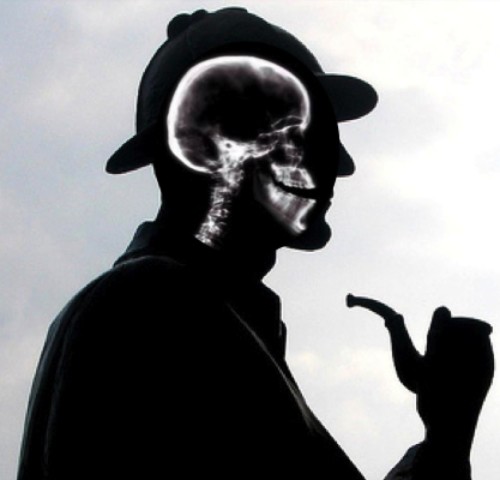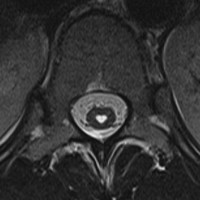Most medical students begin their training with an idea that they want to be a surgeon, a physician, or a GP; very few, if any, will begin medical school with any idea of what a Radiologist is or does, never mind having a plan to pursue a career in Radiology. Nonetheless, it is probable that several people in your class in medical school will end up training to be Radiologists.
 Radiology is a very enjoyable and rewarding specialty. Radiologists combine detailed knowledge of anatomy, pathology, medicine and surgery with a sprinkling of physics to diagnose and treat patients using state-of-the-art equipment. If you enjoyed these components of your medical training, and like the idea of doing some high-stakes puzzle solving, then Radiology may be just the job for you…
Radiology is a very enjoyable and rewarding specialty. Radiologists combine detailed knowledge of anatomy, pathology, medicine and surgery with a sprinkling of physics to diagnose and treat patients using state-of-the-art equipment. If you enjoyed these components of your medical training, and like the idea of doing some high-stakes puzzle solving, then Radiology may be just the job for you…
The training scheme in Radiology is five years long. Trainees enter the scheme as Specialist Registrars, usually having completed one or two years as an SHO in either surgery or medicine. The training scheme is co-ordinated by the Faculty of Radiologists of the RCSI. Trainees are appointed to one of nine centres: St Vincent’s University Hospital, the Mater Misericordiae University Hospital, St James’ Hospital, Beaumont Hospital, the Adelaide Meath Hospital (Tallaght), Cork University Hospital (with Mercy University Hospital), University College Hospital Galway, University Hospital Waterford and University Hospital Limerick.
Trainees attend one or two afternoons of formal lectures per week as well as receiving a considerable amount of informal in-house teaching from consultants, radiographers and physicists in their base hospitals.
The first four years of training are spent in the one hospital, with the exception of a two month rotation to either Our Lady’s Hospital for Sick Children in Crumlin or Temple Street Children’s Hospital for Paediatric Radiology, and a one month rotation to Beaumont Hospital for Neuroradiology. The fifth and final year can be spent in one or two of the training hospitals, where the trainee will focus on chosen subspecialties within Radiology. Following their fifth year, trainees usually arrange to spend one or two years completing subspecialty fellowships abroad; the majority travel to Canada or the US for this however many trainees have recently opted for alternative centres in the UK, France and Australia.
Trainees need to pass two exams during the program. At the end of first year, knowledge of normal radiological anatomy, imaging techniques and physics is examined. In the fourth year of training, the second exam tests the trainee’s ability to diagnose pathology on imaging in all of the subspecialties of Radiology.
If you think you might be interested in a career in Radiology, please feel free to come and speak to any of the medical staff in the department to find out more about what is involved, and consider joining us for an elective for a few weeks.
The links below will provide you with additional useful information about Radiology as a potential career.



